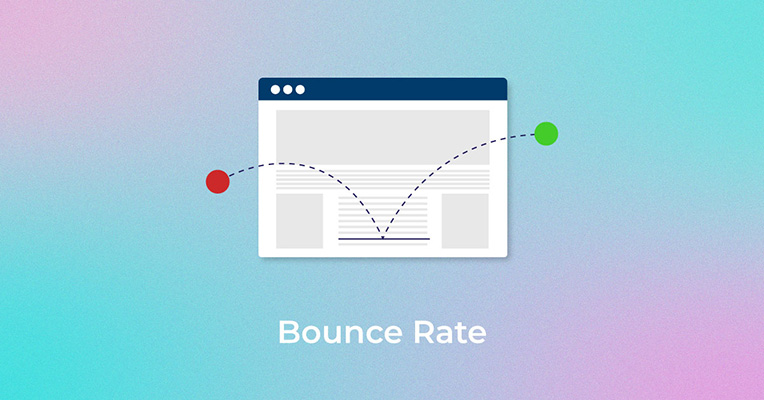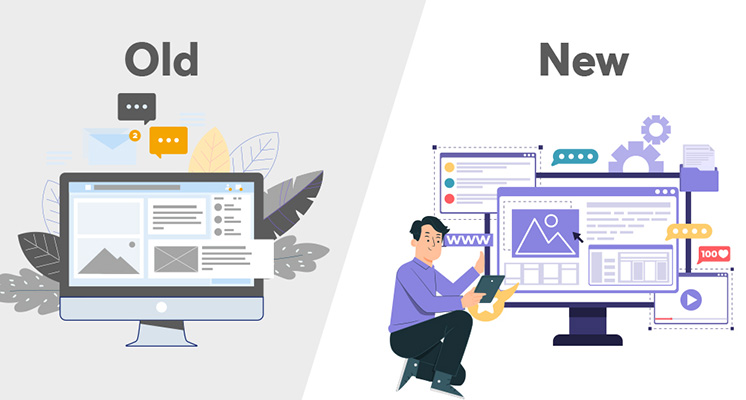When is it time for a website redesign? 8 signs for 2024
1. Your Website Isn’t Aligned with Your Business Goals
Every website should be designed with a clear purpose, whether it’s driving sales, building brand awareness, or educating users. Your goals dictate everything—from functionality to design—because different objectives require different approaches. A retail business focused on sales needs a different site structure than a non-profit aiming to engage members. If your website isn’t aligned with your business goals, you won’t see the return you expect.
At Pixalcube, my process begins with understanding your goals and how to measure them. I create websites that directly support those objectives. If your site isn’t generating revenue, ranking on Google, or reflecting your current value, it may be time for a redesign.
2. High Bounce Rates and Low Conversions Are Holding You Back
Bounce rates measure how often visitors leave your site after viewing just one page, while conversion rates track how often users take actions you want—like submitting forms or signing up for newsletters. High bounce rates and low conversions signal that your site isn’t engaging visitors effectively. This can mean missed opportunities to connect with potential customers.
Oftentimes, a slow loading website, or a poor or outdated design, affects how users engage with your site and can lead to frustration, causing them to leave without exploring further.

3. Your Website is Too Slow
Users expect websites to load quickly, and research shows that 53% will leave if a page takes more than three seconds to load. A slow site can be caused by outdated code, poorly optimized images, or overwhelmed servers. Regardless of the cause, slow load times harm your user experience and hurt your search engine rankings.
A fast website ensures that all the time and effort spent on design and content isn’t wasted. If your site takes too long to load, visitors won’t wait—they’ll leave. Ensuring fast load times helps keep users engaged and supports your SEO efforts.
4. Your Site Isn’t Mobile-Friendly
More than half of all web traffic comes from mobile devices, so your site needs to perform just as well on smartphones and tablets as it does on desktops.
Responsive web design ensures your site automatically adjusts to fit any screen size, delivering a smooth experience on all devices without needing separate mobile and desktop versions.
A responsive site also helps future-proof your design, reducing the need for frequent updates. It ensures Google will rank your site better, as mobile-friendliness is a key factor in search algorithms. If your website isn’t responsive, you’re likely missing out on both traffic and engagement.
5. The Design is Outdated
A website’s appearance makes a lasting impression on users, often determining whether they trust your business. Outdated design can signal to visitors that your products or services are behind the times. A modern, visually appealing site helps establish credibility and keeps users engaged longer.
If your site doesn’t match the look and feel of competitors’ websites, it can make your business seem less professional. At Pixalcube, I ensure your design reflects the quality of your brand. An outdated site is like a neglected storefront—it may drive potential customers away.

6. Navigation is Confusing
A well-designed website should guide users effortlessly to the information they need. If visitors struggle to find key details, they’ll likely leave without engaging further. Clear menus, intuitive navigation, and strategically placed calls-to-action are essential for creating a smooth user journey.
I focus on content hierarchy, placing the right information where users expect it. The goal is to reduce friction and ensure every page is easy to navigate. Even a fast-loading, beautifully designed site won’t perform if visitors can’t find what they need quickly and easily.
7. Updating Content is a Challenge
A great website needs to stay current, and if updating content on your site is difficult, it could be holding you back. Without an easy-to-use content management system (CMS), even small changes can become time-consuming, leading to outdated information that hurts your SEO and user experience.
An easy-to-manage site encourages regular updates, keeping your content fresh and relevant. Seamless integration with marketing tools and analytics also helps you track performance more effectively, ensuring your website supports your broader business goals.
8. You’re Rebranding
Rebranding involves more than just updating your logo—it often means new messaging, goals, and visual elements. If you’re repositioning your business, expanding into new markets, or adjusting your product offerings, a website redesign is essential to align with your new identity.
A rebrand offers the opportunity to rethink your website’s structure and content, ensuring it reflects your updated business goals.
At Pixalcube, I help clients translate their brand strategy into effective web designs that engage the right audience and achieve measurable results.
The Bottom Line on Website Redesigns
If your website struggles with any of the issues mentioned above, it’s time to consider a redesign. Ask yourself these three critical questions:- Is my website visually appealing and aligned with my brand’s message?
- Does it perform well from a technical and user experience perspective?
- Is it generating the results I need for my business to grow?